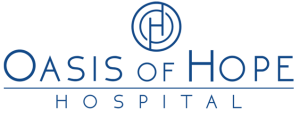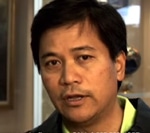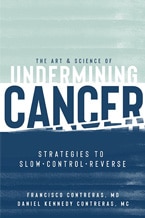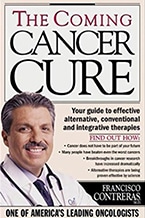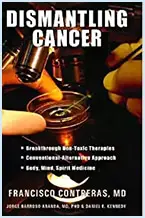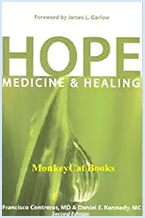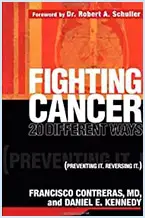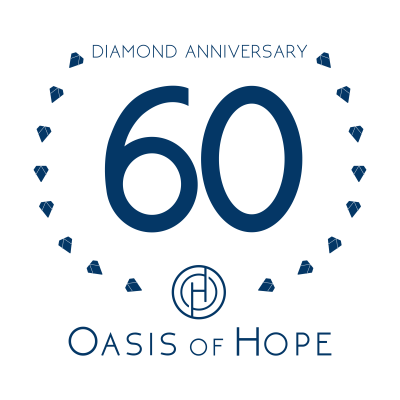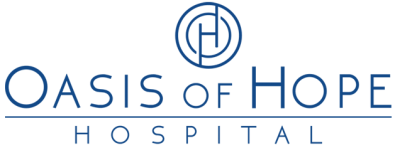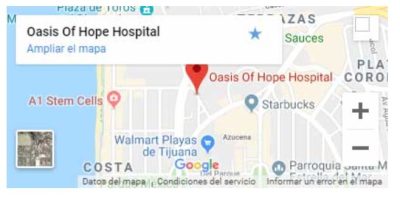Allogeneic lymphocyte therapy is the centerpiece of cancer immunotherapy at Oasis of Hope is known as “allogeneic lymphocyte therapy”. The regimen which we employ was developed over a quarter of a century ago by an insightful Japanese physician, Dr. Masaru Kondo, who proved to be far ahead of his time. Dr. Kondo reported that his therapy could achieve significant tumor shrinkage (objective response) in 30% of his patients with disseminated disease.
For an immunotherapy, this is almost unprecedented – a stimulated immune system is known to have the capacity to prevent or slow the formation of new metastases, but immune-mediated regression of pre-existing tumors has been thought to be a very rare occurrence.
Perhaps for this reason, as well as the fact that the mechanistic basis of Kondo’s therapy was then poorly understood, the relatively few cancer scientists who became aware of Dr. Kondo’s work presumably thought that his claims were “too good to be true”, and thus failed to test or implement them.
Fortunately, within the last several years, cancer scientists have demonstrated that allogeneic lymphocyte therapy can work in tumor-bearing rodents, and have made great strides in defining the mechanisms responsible for its efficacy.2-4
For optimal efficacy, the administration of allogeneic lymphocytes must be preceded by a short course of low-dose cyclophosphamide. The purpose of this cyclophosphamide – too mild to provoke side effects – is not to attack the cancer directly (indeed, the drug used may be one to which the cancer is resistant), but rather to kill selectively certain “suppressor” immune cells (now known as Treg lymphocytes) that act to suppress the formation or activity of lymphocytes capable of attacking the cancer.5-8 In this way, the immune system can be primed to respond aggressively to the stimulus provided by the infused lymphocytes.
The reason why Treg cells may be easier to kill than most other immune cells is that they tend to multiply at a high rate; chemotherapy often selectively targets rapidly multiplying cells.
One or two days after this preliminary course of cyclophosphamide is completed, the lymphocytes are administered. These lymphocytes are obtained from 100 milliters of blood, donated by a healthy young person not related to the patient; a standard technique known as leukophoresis is used to separate these lymphocytes from other blood components. Approximately 50-70 million of these lymphocytes are infused intravenously into the patient; few if any side effects are noted.
This protocol – a preliminary round of low-dose chemotherapy followed by lymphocyte infusion – is repeated once per month for three months.
If it appears to be efficacious, the therapy can be repeated later at longer intervals. It is desirable to employ a different lymphocyte donor each time the therapy is administered, since otherwise the patient may generate antibodies which can attack the infused lymphocytes and limit their capacity to stimulate an immune response against the cancer.
At Oasis, we use Dr. Kondo’s classic allogeneic lymphocyte therapy in the context of other measures which can boost the efficacy of the anti-cancer immune response, either by amplifying the activation of the cytotoxic T lymphocytes and natural killer cells capable of attacking the cancer, or by blocking strategies which tumors often employ to ward off immune rejection.
